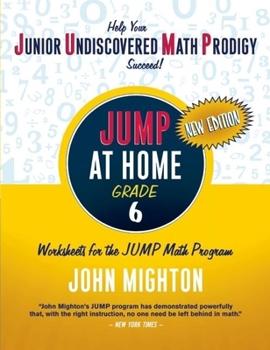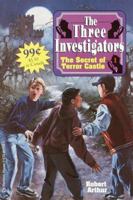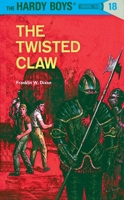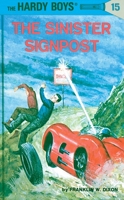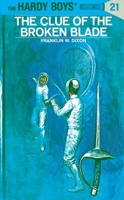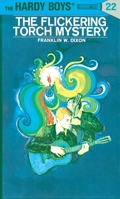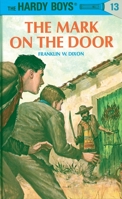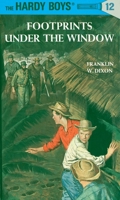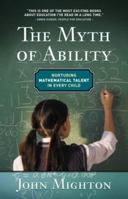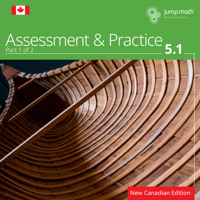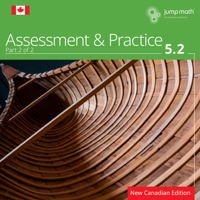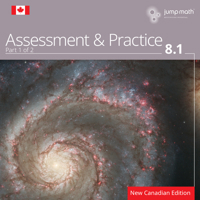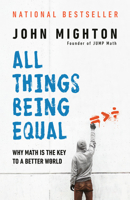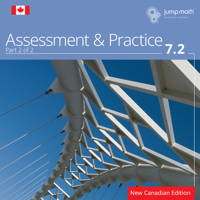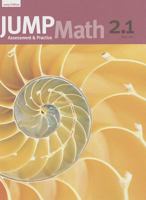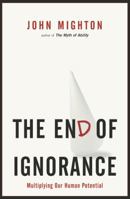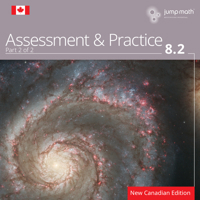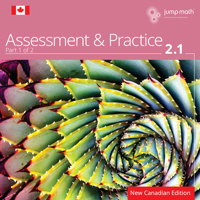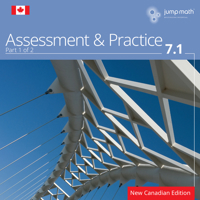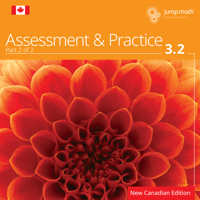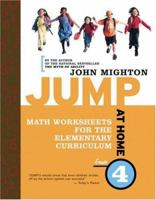JUMP at Home Grade 6: Worksheets for the JUMP Math Program
Select Format
Select Condition 
You Might Also Enjoy
Book Overview
John Mighton's JUMP program is changing the way math is taught, and his powerful math workbooks give children the tools they need to master this crucial subject. The key is a step-by-step teaching method that isolates and describes concepts so clearly that anyone can understand them: students build on their successes, becoming proficient at solving problems with confidence and enthusiasm. Now, parents and caregivers can bring the JUMP program home. These workbooks follow the current student worksheets used by JUMP tutors and classroom teachers, including: an introduction for parents and caregivers that clearly explains the thinking behind the program and provides hours of activities, worksheets carefully designed to enable children to move from one success to the next, a glossary of math terms, and a selected answer key.
Format:Paperback
Language:English
ISBN:0887849792
ISBN13:9780887849794
Release Date:July 2010
Publisher:House of Anansi Press
Length:232 Pages
Weight:1.00 lbs.
Dimensions:0.6" x 8.3" x 10.8"
Age Range:11 years and up
Grade Range:Grades 5 to 6
More by John Mighton
Customer Reviews
4 customer ratings | 4 reviews
There are currently no reviews. Be the first to review this work.











